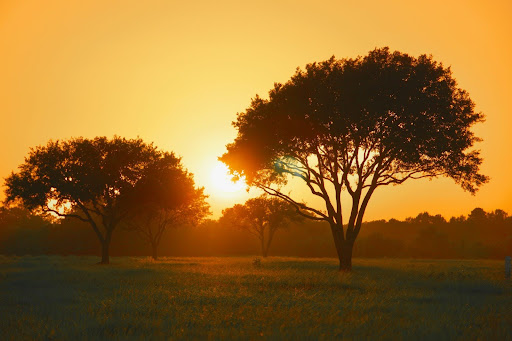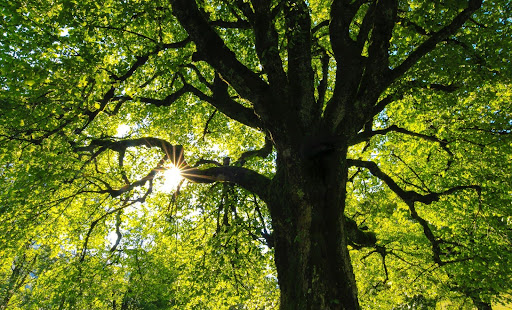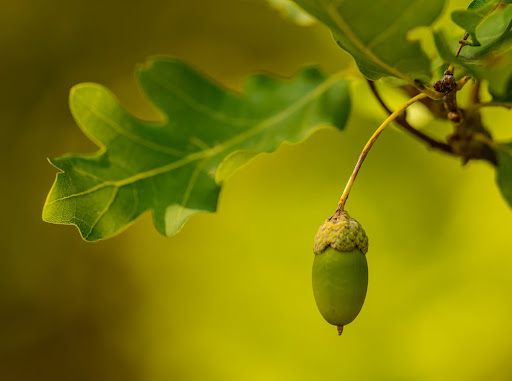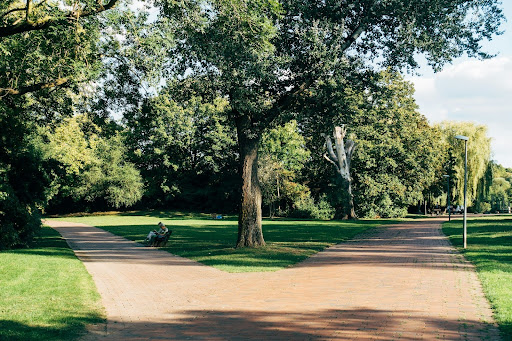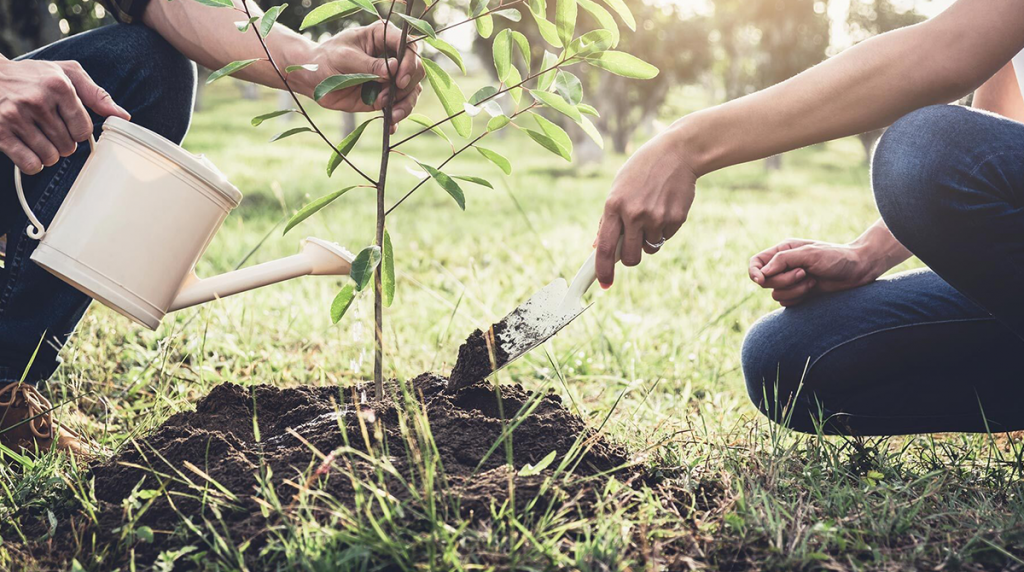
TreeNewal’s Tips for Tree Planting
Date January 28, 2021
Category
We can all agree that 2020 was a strange year, but something exciting happened in 2020 that hasn’t happened in a while. People went outside. People spent more time in their backyards, whether it was to get out of the house for a while, or maybe it was to host an outdoor birthday party or a small, open-air wedding. When we were all stuck at home, suddenly our yards, our gardens, and, yes, our trees became very important. Perhaps you’re one of those people who spent some extra time in your yard last year. Maybe you realized that your yard could use a little TLC. If one of the projects you’ve decided to undertake in 2021 is to plant a new tree, congratulations! You’ve taken your first step on a journey that will have countless benefits for you, your neighborhood, your city, and the world. Thank you for your commitment to bettering our home. Here are some tips that we hope will make your journey a little smoother.
When: Knowing when to plant a tree
Ideally, the best time to plant a new tree is when they’re dormant. Now until mid-March is a great time. In Texas, where we have hot, dry summers, it’s best to give young trees as much time as possible to adjust to their new environment before the sweltering temperatures hit. Trees experience what we call “transplant shock” when planted, so you want to give your new trees plenty of opportunities to establish themselves and grow their roots into the soil before the big task of leafing out in the spring.
Where: Choosing the right location
When choosing where to plant your new tree, you need to consider a few things. You’ll need to pick a spot with the right soil conditions. Examine the soil to check the quality and determine if the soil needs to be amended. Other things to consider are the drainage, the exposure, and the space constraints. Some Texas trees grow quite large, so make sure you’re choosing a suitable tree for the space you have available. Be mindful of buildings. Whatever the tree’s crown’s expected width, cut that number in half, and that’s how far you should plant your tree away from any buildings. And finally, find out where underground utility lines and pipes are located and avoid them while digging. Consider how tall your tree will grow to be and look out for overhead utility and power lines.
What: Selecting a high-quality tree
When you go to the nursery to select your new tree, there are a few things you should look for to ensure that you’re buying the best tree available. First, look for a tree with a strong form and firmly attached evenly spaced branches. Avoid low-quality trees that have multiple stems or branches that grow into each other. Second, check the trunk and branches for wounds or damage due to rough handling or incorrect pruning. Third, check the roots. Healthy roots are vital to the overall health of your new tree, so avoid saplings with roots that appear limited, crushed, or wrapped around the outside of an undersized root ball or container.
How: Planting your new tree
Give your tree the best possible start by using these techniques when planting. The first thing you need to do is identify the tree’s trunk flare, where the trunk expands at the tree’s base. The trunk flare should be peaking out of the soil, so the hole you dig should be two to three times as wide as the root ball of your sapling, but just deep enough that the trunk flare will be partially visible once planted. After you place the tree in the hole, ensure that it’s straight before backfilling. Stabilize the tree by packing dirt around the root ball and then remove any wrapping, string, or wire. Continue to backfill the hole gently but firmly. You want to avoid creating air pockets in the soil, which could dry out the roots, so use water to settle the soil around the root ball. Don’t fertilize the soil during planting, but do mulch once the hole is sufficiently backfilled. When mulching, spread a layer of organic matter on top of the soil, starting a few inches away from the trunk flare. The layer of mulch only needs to be two to four inches thick. Anything more than that could cause issues with moisture and oxygen levels in the soil.
Continued care: Proper watering
Young trees need a lot of water to kick start a healthy life. Once your tree is planted, keep the soil moist but not water-logged. As a general rule – depending upon site location, soil type, drainage, and rainfall – a tree should get five to ten gallons of water per week per caliper inch. To determine the caliper inch, measure the diameter of the trunk six inches from the ground. In spring, fall, and winter, provide five gallons of water per caliper inch. During summer, increase the amount of supplemental watering to ten gallons per caliper inch. Water your trees twice a week to give the soil time to dry between watering. We suggest every Monday and Thursday. During a week of heavy rainfall, skip the supplemental watering. Be wary of water sitting at the base of the planting hole and water-logged soil. Over-watering can kill a newly planted tree.
Continued care: Proper maintenance
Aside from a supplemental watering routine, other maintenance practices are vital to a young tree’s continued health and growth. After a few years of establishment, young trees need to be pruned and trimmed to develop the correct structure during their juvenile stage of approximately 10 years. However, this needs to be done in a very particular way, so consider working with a certified arborist who understands proper structural pruning and other healthy pruning techniques. It would help if you also considered hiring an arborist for fertilization and soil conditioning. Each tree has its own set of preferred soil conditions. A tree care professional can help you examine your soil and determine how to amend it to best suit your tree.
Have questions? TreeNewal’s Certified Arborists can help.
If you plan to plant a tree this year and have questions or concerns about the process, TreeNewal is here to help. We have three ISA Certified Arborists and a team of highly qualified tree care experts. We can help with every step of your journey, from selecting the best tree for your property to choosing the right location for planting and ensuring your tree is planted using the best practices available. Go to our website at treenewal.com for more.
To learn more about How to Care for a Willow Oak Tree, call our Argyle and Southlake-based teams at tel:(817) 592-6846 or send us a message.
We’re a little different than the average tree services company.
Learn more about TreeNewal’s ISA Certified Arborists!
Our Dallas/Fort Worth-based tree doctors can explain how sustainable tree care services add more value to your bottom line.
Healthy trees, healthy lives.
